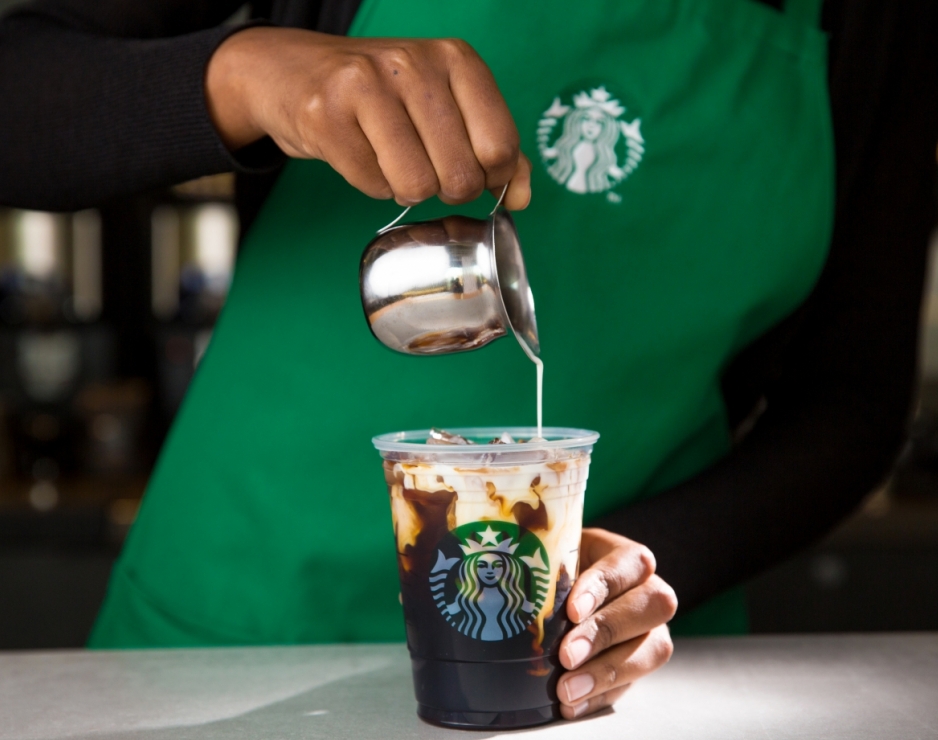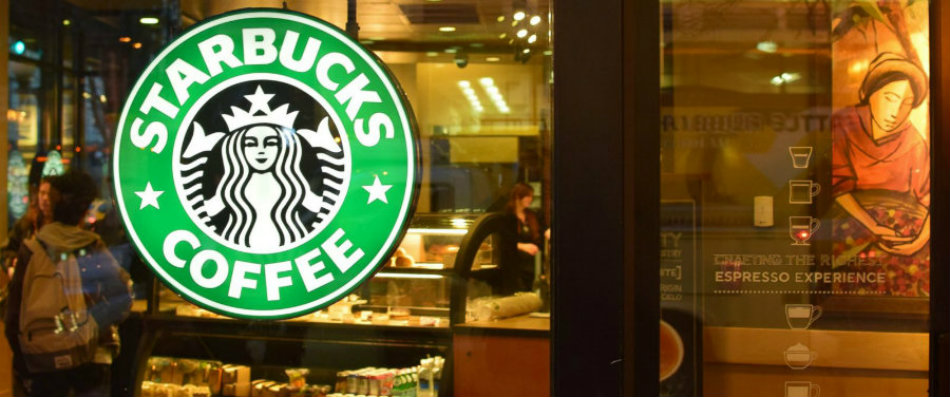Now more than ever, Amazon’s smart digital assistant Alexa is starting to unveil its true potential, now in the form of Starbucks’ new app feature to process incoming orders.
The upgrade is a chatbot known as Barista, and it was first announced last December in Starbucks’ Biennial Investor Conference. Customers will be able to place orders through a messaging interface and direct voice commands. My Starbucks Barista will let customers modify their drinks, just as if they were speaking with a real barista. The feature will come with its skills for the Amazon Alexa platform, with the possibility of ordering favorite items with ease.

‘Alexa, order a tall latte and add it to favorites’
My Starbucks Barista was made available for only 1,000 iOS users as it remains in its beta phase. It is planned to be launched on all iOS devices by the second half of 2017, and Android will get its version a year later.
There’s already the Starbucks Reorder skill for Alexa, which is activated by saying “Alexa, order my Starbucks,” which will order a predetermined set of favorites at a preset Starbucks location.

At the Biennial Investor Conference, Starbucks assured that it has over 8 million paying customers enjoying its mobile app, while 1 out of every 3 of them use the Mobile Order & Pay function. Reportedly, there are also 13 million customers registered in the Starbucks Rewards program, showing that the company has no intention of falling short concerning the new available methods of interacting with its clientele.
“Our team is focused on making sure that Starbucks voice ordering within our app is truly personal and equally important was finding the right partner in Amazon to test and learn from this new capability. These initial releases are easy to use providing a direct benefit to customers within their daily routine and we are confident that this is the right next step in creating convenient moments to complement our more immersive formats. We expect to learn a lot from these experiences and to evolve them over time,” stated Gerri Martin-Flickinger, chief technology officer for the company.
Future plans for the coffee-bar giant
According to its latest press releases, Starbucks sees a great near future in growth and profitability. At the Biennial, Howard Schultz, chairman and CEO of Starbucks, announced the plan to increase the company’s overall revenue by 10 percent. This includes opening over 10,000 stores globally over the next four years.
Starbucks aims toward doubling food sales in its stores, adding new items to its menu, including fresh salads, organic soups, and gluten-free alternatives. There’s also the Premiumization Strategy in the form of Starbucks Reserve Roasteries, offering limited-time beverages and reinforcing the company’s craft Roastery catalog. Since its inauguration, the Starbucks Reserve Roastery in Seattle became the “most dynamic and immersive coffee forward retail experience in the world,” assures the company. There are plans for opening new Roastery locales in Shanghai, New York, Tokyo, and somewhere in Europe.

Another pillar of the strategy lies in mobile technology, as the company assures that it boasts the “largest and most robust mobile ecosystem of any retailer in the world.” It was reported that its e-mail offers have helped double customer response rates, compared to previous email campaigns; this translates to increased spending and more frequent personalized orders. The offers are now presented directly on the front screen of the Starbucks app, letting users choose right away if they’d like to try a new product or service provided by the company.
But the key to Starbucks growth for the next four years lies in China, as the most “innovative, efficient, and profitable stores” are located in China, providing the highest profitability rates in the company’s 17-year history.
There are at least 2,500 Starbucks distributed throughout 118 cities in mainland China, and growth rate is expected to grow well into the future, opening 5,000 new stores by 2021. This means that, eventually, Starbucks’ business in China will most likely overshadow the one of the U.S.
“We are today executing against an ambitious, carefully-curated, multi-year strategy to further elevate the entire Starbucks brand and customer experience around the world, and further extending Starbucks leadership around all things coffee, retail, and mobile. The power of our brand, the strength and momentum in our business, and the world-class management talent we have assembled give me great confidence in our ability to capture the enormous global growth opportunities ahead,” stated Kevin Johnson, Starbucks’ chief of operations.
Taking advantage of the new tools that technology offers is a surefire way to promote business in ways that have never been seen before, only conceived in sci-fi movies and books. Growth opportunities are at hand, seeing that with new services and improvements there is more room for innovation and secondary competitors to provide or enhance such service. Perhaps there will be a portable and GPS-enabled version of Alexa, or maybe Alexa will evolve in such a way that it will recognize contacts and more complicated commands, implementing such data in its already wide range of skills.
Source: Starbucks
